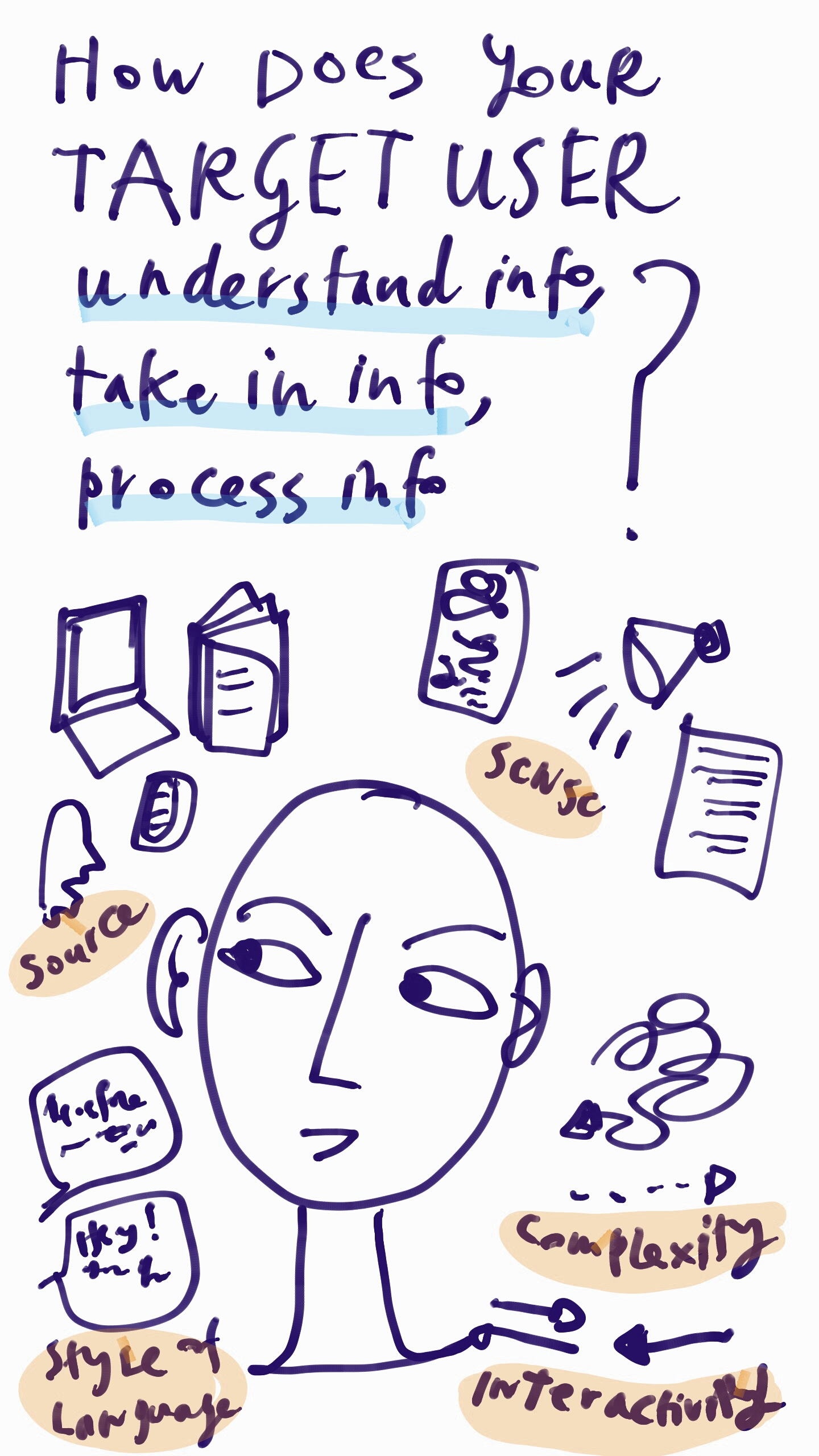An article from Josh Kubicki, with advice customized for lawyers & law students on how to pitch their business idea.
Startup Pitching for Lawyers & Law Students

Lawyers and law students need to think more like entrepreneurs. But if they are to take the next step and become one and start a startup, they will need to do more than think. They will need to pitch. The experience of pitching an idea or business is certainly foreign to most lawyers and students. Law school does not touch on this at all (and rarely on any real business situations). Therefore, I thought it might be helpful to some out there to share my thoughts on what law students and lawyers should do in delivering their pitch. This is especially pertinent to the students at MSU College of School, whose Startup Competition I will be judging in less than a week.
So here is my incomplete set of rules for any lawyer or law student giving a pitch.
Rule 1
This is about business not the law. While you may have an idea related to or firmly planted in the legal arena, speak about the business you are trying to start. Law school has a tendency (if not outright stated objective) to alter the way students think and speak. Now is not the time for esoteric or exhaustive issue spotting. Provide the critical path from your idea to business success.
Rule 2
Solve an actual problem. It is easy to think of ideas that would be fun or exciting in some way. Too often aspiring entrepreneurs come up with an idea that sounds cool or nifty but does not solve an actual problem. To be successful you will want to solve a problem that many people experience. Start here. If your idea does not solve an actual problem you do not have a business, you have a hobby.
Rule 3
State your solution clearly. A solution has action orientated and achievable components. Anything else is an aspiration. Aspirations do not get funded. If you have an aspiration, look at the non-profit business model. An aspiration sounds like this, “we will increase access to justice” or “we will make law school more meaningful and valuable.” A solution sounds like this, “our company will develop and provide a technology portal that enables flipped classrooms in the law school environment. This portal will deliver relevant content, provide collaboration space and real time interactions, as well as serve as a sustainable repository of knowledge for each student to use throughout their law school and lawyer career.”
Rule 4
Define your market. So many . . . too many . . . people mess this part up. First, make sure you have properly identified your market. Is this an education-focused startup? Or better yet, the edtech market within higher education? Please do not say “legal market” as that is too broad and so vulnerable to misinterpretation. Define it in the clearest and most understandable terms. Next value it. Not the market as a whole – which is what most people do – but by what percentage of the overall market you can access and sell to in a period of time. Such as “By year 3 our total addressable market will be roughly 15% of the law school text book publishing market. This 15% yields a revenue of $1.5M based on our current price point and projected sales.”
Rule 5
Make no mistake you are selling when you pitch. You are not demonstrating how smart or clever you are. If you are either, do not worry that will be self-evident. You are pitching to “sell” people on your idea – both the judges and the audience (which happen to be competing against you.) Down the road you may be selling to potential investors. If you know anything about sales, then you know this – selling is less about actually selling and more about creating an urge to buy. You want the judges and audience to crave getting involved with you and your idea. The best way to do this is create an emotional connection. This does not mean being emotional. It means you need to establish an emotional connection between you and the listener. How to do this – too long to go into here so just Google “Brands: The Power of Emotion.”
Rule 6
Tell a story. This builds on Rule 5. The best way to establish an emotional connection is by storytelling. Do not just throw bullet points and data on the screen. Your whole pitch does not need to be a story however. The best use of storytelling is in framing the problem you are solving or how you came up with the idea. This puts a personal perspective on your pitch and has a better chance of engaging your audience immediately.
Both Rules 5 & 6 are about finding your first follower in the crowd you are presenting to. Hopefully it is a judge or investor. And ideally you will have more than one but one will suffice. It may be your future co-founder or mentor. Or just a rabid fan of your product or service. All are essential to cultivate. If you do not know TED, get to know it hear as you see and hear the power of getting your first follower.
Rule 7
Please no death by Powerpoint. Use your slides as a support role not the leading role. Google “10-20-30” for general guidance.
Rule 8
Get to the point. Lawyers are verbose by trade and use language that disguises commonality. Rumor has it most of us like to hear ourselves talk too. Another trait is to be risk averse and therefore use too many disclaimers and prepositions. Resist the urge to pontificate or lecture. Tell us what you intend to do and use action words. Think sound bites and casual language. Want a great example? Watch this video of Candace Klein pitch her company SoMoLend. Oh and Candace is a lawyer so it can be done.
Rule 9
What will you do with the money? People forget this part more than you would think. If you are pitching to win prize money or investment dollars, explain what your plans are for the money. You are getting money to continue building out your idea – tell us as much as you can about where the money will go. If you paint us a picture that demonstrates the value and outcome of the money to your startup it is easier for us to give it to you because we want to “own” part of that vision too.



